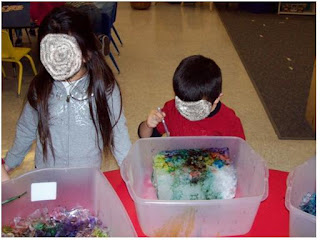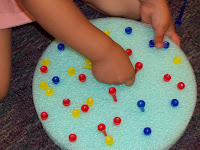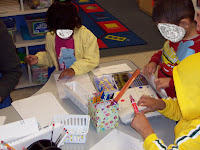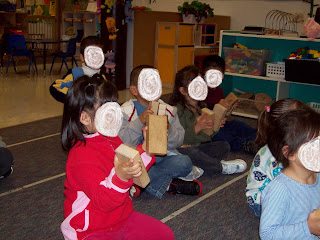Props are a way of setting the stage for meaningful, purposeful play. Props will help bring opportunities for learning comprehension, vocabulary, sequencing, critical thinking, listening, speaking and most of all it makes learning fun for all.
Storytelling with Props
Story telling can be enriched with the use of props. It is an easy way to make reading more fun.
Using props to tell a story is a wonderful technique that can lead children to discover the joy of literature and learning. It brings the story to life, giving children a deeper understanding of the story and also the language.
Once you have read a story give it another layer by using a prop to retell the story. By retelling stories with props it helps:
• draw children in
• capture their attention
• bring opportunities for learning
• help children to associate the text and understand the story
• help children learn the joy of stories
• support comprehension and analysis of age- appropriate text
• support Literacy Interest and Responses
• support your English Language Learners
Stories to Start with:
• Caps for sale
• Mean Soup
• Hey Little Ant (this is a great on to change your voice with or have your assistant read with you.
• The Little Old Lady Who Swallowed a Fly
• Frog In The Bog
• Three Billy Goats Gruff
• The Hungry Caterpillar
• Little Red Hen
Billy Goat Gruff
Frog in the Bog.
As you tell the story the frog eats each group of bugs and the children can see them in the see through belly of the frog.
Little Red Hen
Little Red Hen Head Band for the children to wear as they act out the story.
Remember not all stories are conducive for props.
Finger Play Songs with Props
Props with finger plays and nursery rhymes will help to develop memory, hearing syllables, gain phonological awareness, play with rhymes and understand sequencing.
Finger play songs give teachers the opportunity to teach pre-reading skill.
Adding props to these songs will…
• Give teachers the opportunity to teach pre-reading skills
• Help maintain children’s attention
• Actively involve children
• Associate the objects with the word (building vocabulary)
• Help support your English Language Learners
Songs to Start with:
• Five Little Monkeys
• Five Little Frogs
• Five Little Bees
• Five Little Fishes
• Five Little Turtles
Five Little Frogs Sitting on a Log
Or
Little Froggies
Open Ended Story
Five little froggies went down to the pond,
Down to the pond to play
Along came a giant ______________
And chased one froggie away!
Have one child fill in each blank and then come up
and take the froggie away. (You can use as may frogs
as you want)
Five Little Bees
Five Little Bees
One little bee flew and flew.
He found a friend, and that made two.
Two little bees as busy as could be--
Along came another and that made three.
Three little bees wanted one more,
Found one soon, and that made four.
Four little bees, going to the hive,
Spied their little brother, and that made five.
Five little bees working every hour--
Buzz away bees, and find another flower.
Five Little Monkeys
Have children act out the song. Have five monkeys, a mom and a doctor. Have props to help keep the interest of the song.
Five little Monkeys jumping on the bed
One fell off and bumped his head
Mamma called the doctor and the doctor said
No more monkeys jumping on the bed.
Four little Monkeys swinging in a tree
One fell out and bumped her knee
Mamma called the doctor and the doctor said
No more monkeys swinging in the tree.
Three little monkeys standing on a chair
One fell off and bumped his hair
Mamma called the doctor and the doctor said
No more monkeys standing on a chair
Two little monkeys digging in the sand
One dug deep and hurt her hand
Mamma called the doctor and the doctor said
No more monkeys digging in the sand
One little monkey climbed on a boulder
He fell off and bumped his shoulder
Mamma called the doctor and the doctor said
No more monkeys climbing on the boulder
















